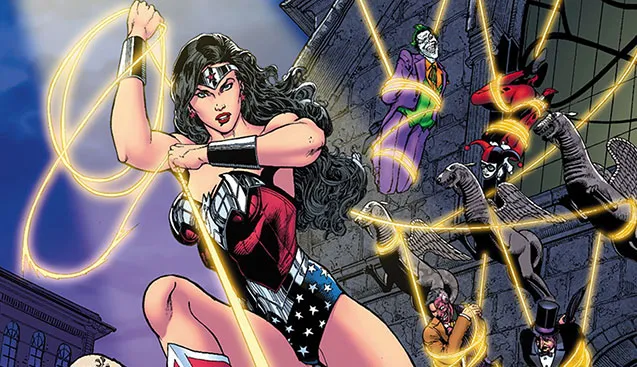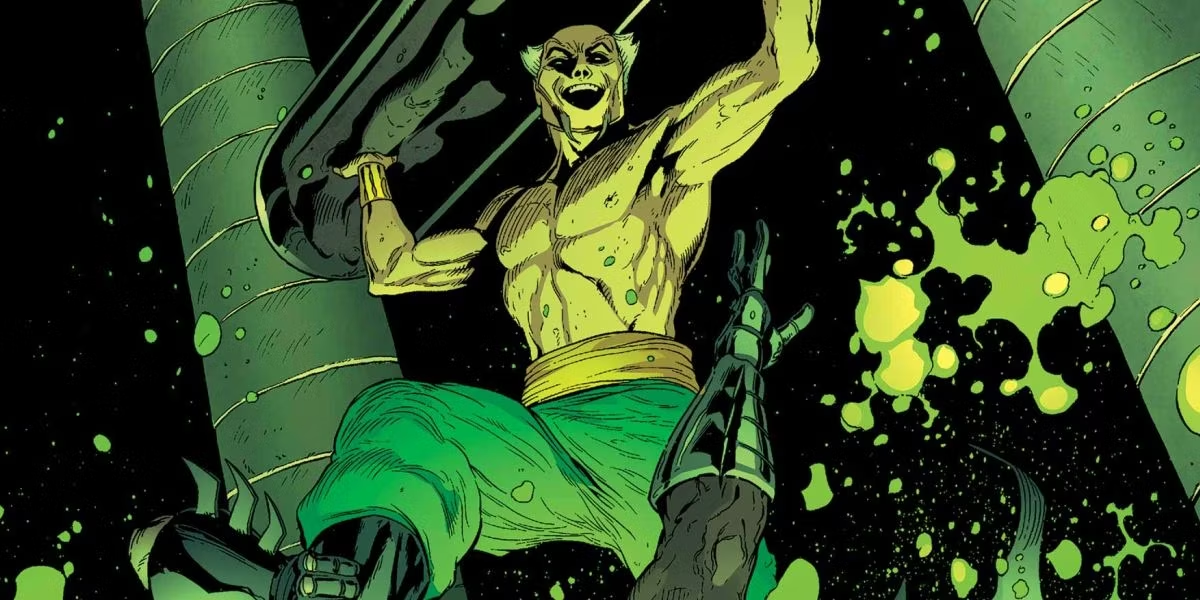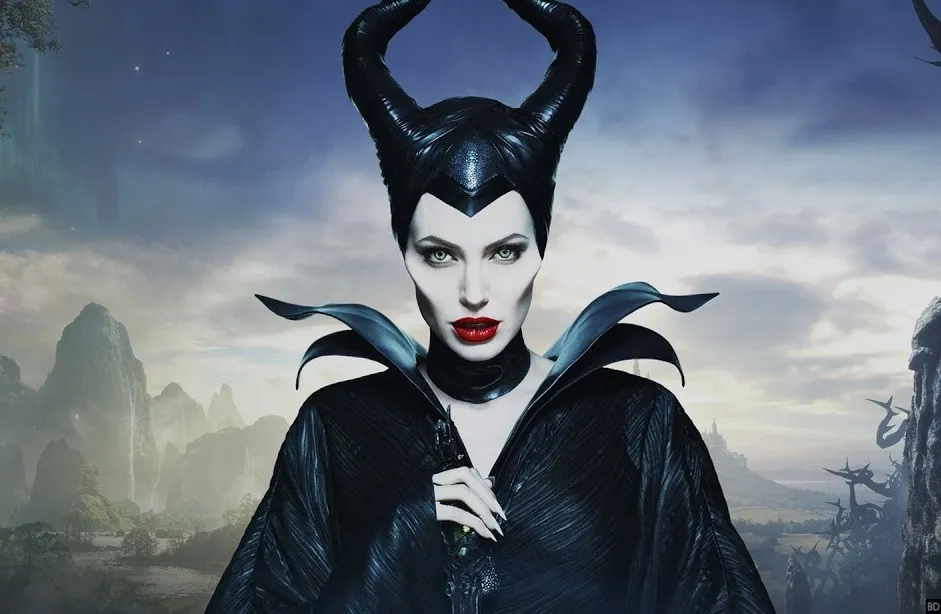yanomami.net – Wonder Woman, also known as Diana Prince, is one of the most iconic superheroes in the DC Comics universe. Created in 1941 by writer William Moulton Marston and artist Harry G. Peter, she has become a symbol of strength, justice, and feminism. As an Amazonian warrior, Wonder Woman possesses extraordinary powers, a rich history, and a compelling origin story that continues to captivate audiences worldwide.
Origin and Background
Wonder Woman hails from the mystical island of Themyscira, home to the Amazons, a race of warrior women created by the Greek gods. Raised by her mother, Queen Hippolyta, Diana was sculpted from clay and brought to life by the gods, granting her superhuman strength, speed, and agility. Trained as a formidable fighter, she embodies the ideals of peace and justice, striving to bring them to the world of men.
Powers and Abilities
As an Amazonian warrior, Wonder Woman possesses a wide array of powers that make her a formidable force. Her superhuman strength rivals that of Superman, and she is an expert in hand-to-hand combat. In addition to her physical prowess, Wonder Woman wields powerful weapons, including the Lasso of Truth, which compels those it ensnares to tell the truth, and her indestructible bracelets, capable of deflecting bullets and energy blasts.
Cultural Impact
Wonder Woman’s influence extends beyond the pages of comic books. She has become a cultural icon, representing empowerment, equality, and justice. Her character has been adapted into various media, including television shows, films, and animated series. The 2017 film “Wonder Woman,” directed by Patty Jenkins and starring Gal Gadot, was a major success, further cementing her status as a beloved superhero.
Conclusion
Wonder Woman’s legacy as an Amazonian warrior and a symbol of strength and justice continues to inspire generations. Her story is a testament to the power of courage and compassion, reminding us that true heroism lies in the strength of our convictions and the willingness to stand up for what is right. As she continues to evolve in new stories and adaptations, Wonder Woman remains a beacon of hope and empowerment for all.



